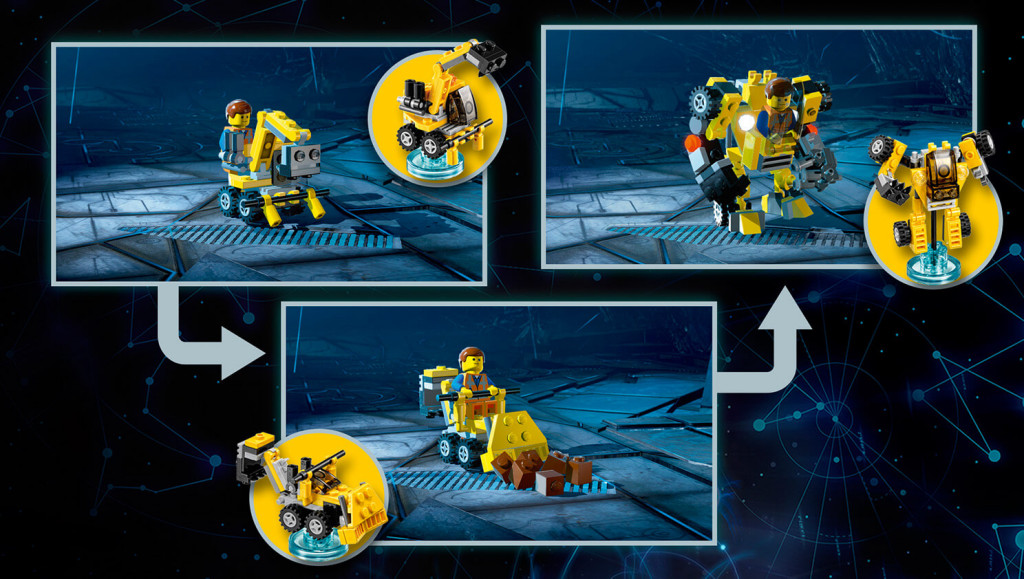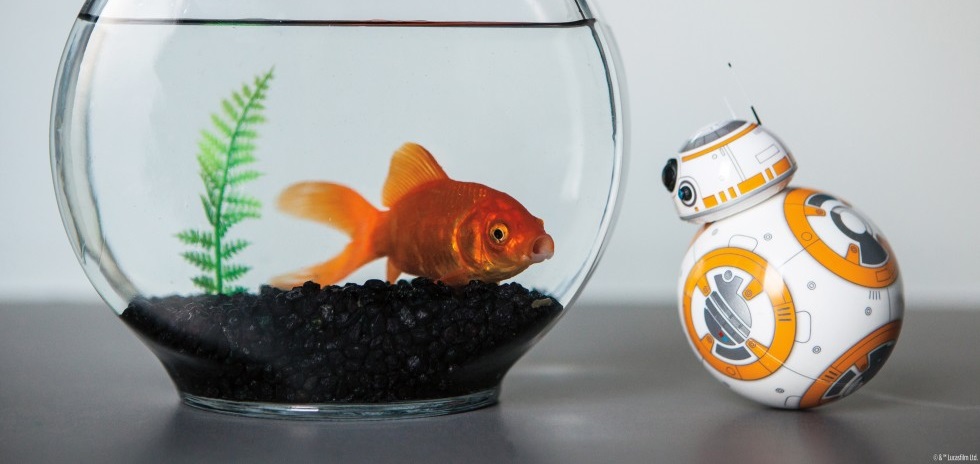This article is part of a collaboration with iQ by Intel.
From building blocks to Cabbage Patch Kids, children’s toys have often relied on the player’s active imagination. A new era of touchscreen cubes, rolling robots and other Internet-connected toys engage kids, teaching them about the world. Overall, the market for toys is on the rise, with marketing research firm NPD Group estimating a 7 percent sales growth across 11 major global markets. Meanwhile, licensing industry publication License! Global predicts connected toys will be a significant trend in 2016.
Take, for example, the plastic kitchen set of old, which did little more than provide a countertop for Play-Doh spaghetti. Robo Mama’s Kitchen Set, created at the Internet of Things Hackday in Minneapolis, makes future chefs feel as if they’re really cooking with fire. The set features a digital faucet and frying pans with conductive pads that can detect different vegetables and heat settings. Through LED lights that provide immediate feedback, kids can learn different recipes and cooking methods. It’s all the fun of a beginners cooking class without the fire hazards.
It’s not just kiddie kitchenware, either. Even the stiff and immovable plastic action figure is taking a leap into modernity with Sphero’s app-enabled BB-8. Far from a generic token of the Star Wars universe, unboxing Sphero’s droid feels more like mistakenly receiving a package meant for delivery on Tatooine. “We wanted to create a product that was as authentic to BB-8 in the film as possible,” said Ian Bernstein, co-founder of Sphero. “Things like the decorations had to be perfect. Applying high-quality artwork around a sphere and having it all match up correctly is not easy.” Everything from BB-8’s packaging to its ability to store and play holographic messages makes that galaxy far, far away feel much closer to home. What would have been impossible in 1977 has become a reality thanks to widespread access to powerful handheld computers. In a manner of speaking, Bluetooth is the new Force.
The craftsmanship of the replica, coupled with its responsiveness and personality, transports players to the tactile world that lies at the heart of Star Wars’ magic. Reactive to touch and voice, BB-8 invites a uniquely personal experience that is unlike most other manufactured toys.

But perhaps droids and light sabers seem too alien. Sphero also houses the SPRK (Schools, Parents, Robots, & Kids) program, which brings these connected toys into the classrooms and challenges students to invent their own uses for the app-controlled sphere. “Hundreds of thousands of kids in over 5,000 schools have used Sphero to learn programming, math, astronomy, social skills, engineering and many other topics,” Bernstein said. The desire to create new and more engaging ways to play isn’t new, though. Widespread Internet usage, along with the ever-growing pervasiveness of powerful technology, opens doors that fundamentally change the nature of toy making.
In 2011, designers Bernie Lin and Dave Merrill updated the traditional wooden building block with LCD touchscreens and location-based sensors. Sifteo Cubes replaced banal wooden blocks with sleek miniature computers that display a variety of videogames. The presence of smaller, more elastic tech allowed Lin and Merrill to change what kids could expect from even their basic building blocks. Sifteo’s design was a hybrid of physical play and virtual gaming, a trend that caught on quickly thereafter.
That same year, Activision and Toys for Bob took it a step further with Skylanders: Spyro’s Adventure. The game revolved around a series of figurines that corresponded to the game’s digital characters. When placed on a “portal,” kids could play with their beloved avatars in a dynamic virtual world. The “Toys-to-Life” category exploded with entries from Disney, Nintendo and Lego following suit. LEGO Dimensions makes every 80s kid’s dream a reality by bringing its yellow brick creations to life. Though similar to Skylanders in many ways, Dimensions adds an important element of participation. Whereas Skylanders are prefabricated collectable figurines, LEGO lets kids build their own toys, with different constructions serving different purposes in the virtual world.
Another old favorite seeing a 21st century remodel is Anki Overdrive, a modern take on the slot-car racers popularized in the 1960s. Where before kids could only control the speed of their model on a plastic track, each Anki Overdrive car can be tinkered with and customized through a smartphone app. Coming in many different shapes, sizes and forms, connected toys invite a kind participation that was impossible just a few years ago.

Place an action figure on a portal, and watch it spring to life. Drop a plastic egg in a pretend frying pan, and listen to it sizzle. While a kid in the ‘80s rolled R2-D2 around by hand, that kid’s daughter now presses a button on an iPhone to send her BB-8 across the room to deliver a personal message. This responsiveness changes the playing field, giving kids the opportunity to make choices and see their impact. These Internet of Play-Things help children become familiar with the technology that will shape their futures. As more things connect to the Internet and are controlled via devices and software, these toys are kids’ first foray into a digital future.
Jess Joho contributed to this story.
